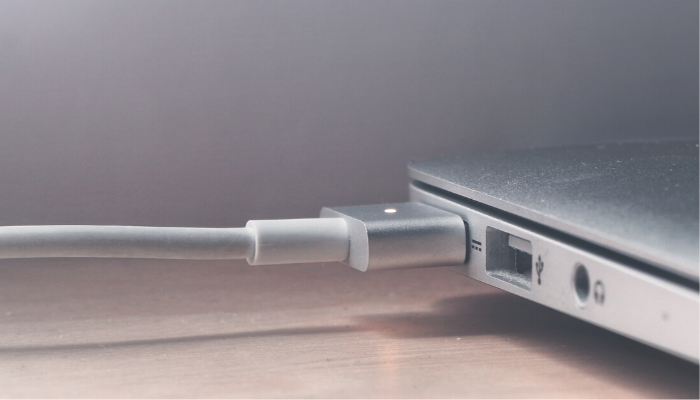Even though it is still unclear what the workplace of the future will look like, remote working is likely to form an integral part of it.
With many companies using the past several weeks to migrate to the Cloud, their attention must now turn to overcoming one of the most significant challenges likely to arise – South Africa’s unreliable power infrastructure.
A key learning that has emerged is that it is possible to have a portion of employees working effectively from home. The massive office space of the past will be supplanted by a smaller environment consisting of mainly meeting rooms and areas where some individuals can still work from. This will see reduced leases bringing about significant cost savings.
Read: Welcome home – it’s business as usual
But even though the Cloud facilitates remote working, it can do little to mitigate the continuous threat of load shedding. Of course, power failures are not limited to this country but encompass the entire continent.
So, while decision-makers are keen to have some people working from home and only coming into the office for an occasional meeting, the reality of load shedding will be a massive issue to ensure that employees remain productive at home.
Rethinking approaches
Very few companies have given any thought to how power outages will impact home-based workers. While investments have been made to ensure that those working from the office are not impacted by load shedding, chances are that employees at home can likely be down for several hours a day.
This means that if a company is giving serious consideration to remote working, it must extend its business continuity strategy to incorporate those individuals working from home.
It is no longer a case of simply having a home office, but rather repositioning it as an office at home with all the related elements required to be productive.
Things such as Fibre connectivity, laptops, printers, webcams, secondary displays, and so on, are all key components.
In this environment, the biggest challenge will centre around the productivity of staff at home. What happens if an employee is unable to work for three or four hours a day? If a company focuses on output-based deliverables, then it becomes easy to identify when someone is not working.
Read: Remote Working: It’s not that bad
But if a person’s performance at home is compared to what it is when they are in the office, a more innovative power solution is required.
Beyond a generator
Having innovative power solutions in place means employees can no longer blame load shedding as an excuse not to work. But better power solutions that can help deliver up time for anything from four to five hours are critical.
A concern is how these solutions will be funded. Companies can likely bundle a power solution along with a Fibre offering for remote workers that is deducted from their salary.
But, if an organisation saves on reduced office space, then it can pass those savings on to the employee and cover the costs of their connectivity and power solutions provided deliverables are met.
This requires a power solution that is not generator-based.
Generators are noisy and dirty with many homeowners’ associations already banning them. Therefore, something battery-based using the latest technology is more suitable.
So, even though the connectivity issue has largely been dealt with, the home-based worker of the future will need to have access to an alternative power solution when the inevitable likely starts happening again.
Find out more about a battery-based alternative for staying connected while working remotely here.














